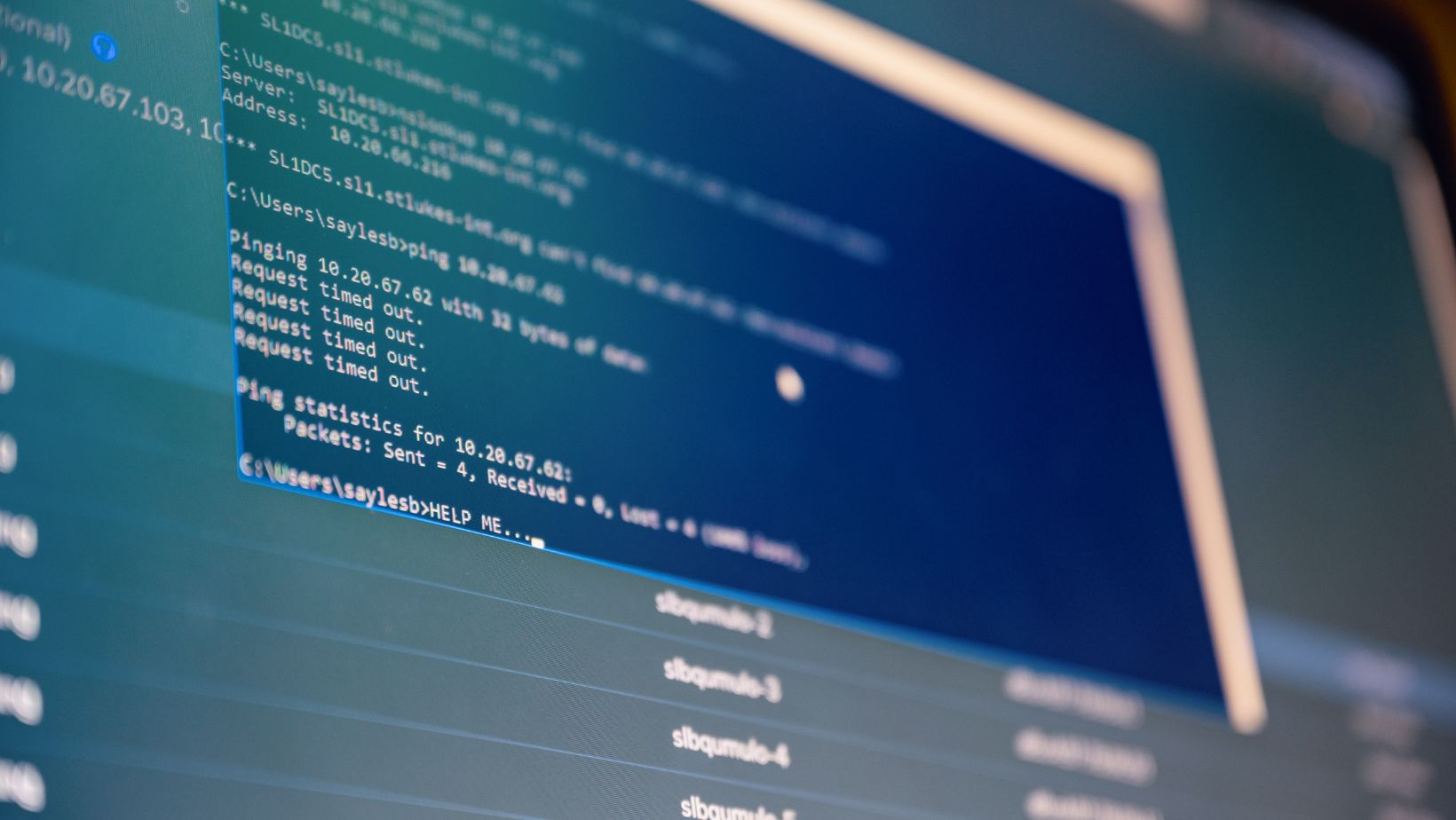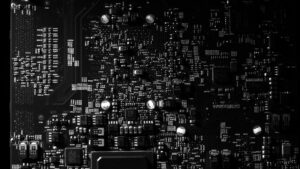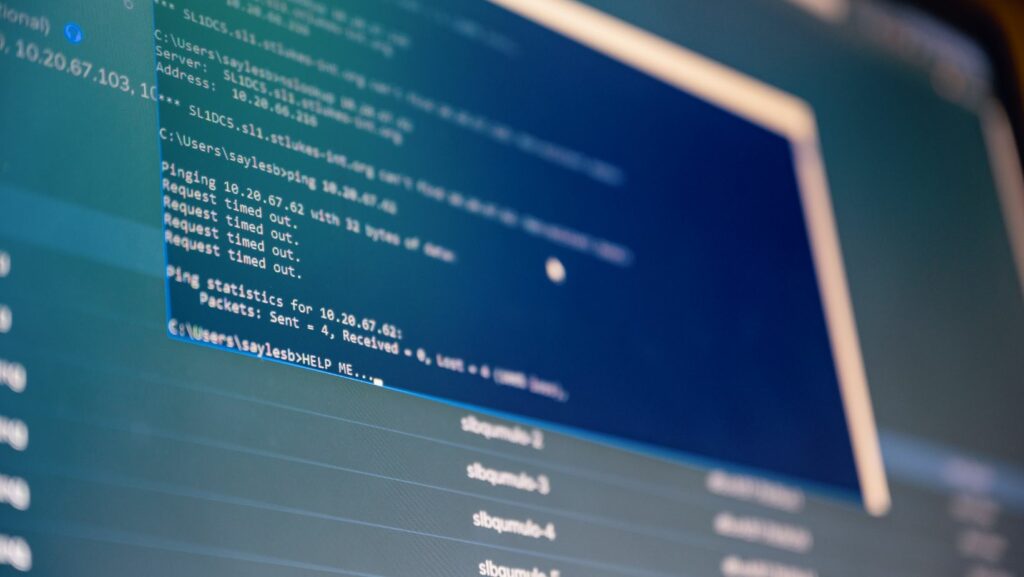
 In the digital realm, two elements reign supreme: software and hardware. But what exactly sets these two apart? This article aims to demystify the key differences between software and hardware, breaking down these complex concepts into digestible nuggets of information.
In the digital realm, two elements reign supreme: software and hardware. But what exactly sets these two apart? This article aims to demystify the key differences between software and hardware, breaking down these complex concepts into digestible nuggets of information.
Hardware refers to the tangible components of a computer system, the parts you can touch, feel, and sometimes even hear. On the flip side, software is the intangible aspect, the coded instructions that bring hardware to life. It’s the ghost in the machine, so to speak.
Understanding the distinction between software and hardware is crucial in today’s tech-driven world. It’s not just for the tech wizards or computer engineers, but for anyone who interacts with technology in their daily life. Let’s dive in and unravel the mystery together.
What Is The Difference Between Software And Hardware
Delving deeper into hardware, it holds notable significance in the realm of technology. This tangible aspect gears up the engine of software to run with efficacy.
Key Components of Hardware
Central Processing Unit (CPU): Acting as the brain of a computer, the CPU processes instructions received from software.
Memory (RAM): RAM, or Random Access Memory, temporarily stores data while a program executes. After the machine powers down, the ephemeral data in RAM vanishes.
Storage Devices: Devices such as Hard Disk Drives (HDDs) and Solid State Drives (SSDs), provide long-term data storage, even with power loss.
Input/Output Devices: These devices, for instance, mouse, keyboard, monitor, enable user interaction with the computer system.
How Hardware Functions
Hardware functions as an interconnected system. Its operation commences from the basic level of the CPU conducting computations and translating software instructions into results. Under the CPU’s orchestration, input devices communicate specific requests to the system, processed in RAM, with the output manifested via output devices. The harmonious work of these components and devices substantiates the effective operation of hardware as a whole.
For instance, typing on a keyboard triggers an intricate operation. The CPU receives input from the keyboard, processes the letters typed through the software, and subsequently, the monitor – serving as an output device – displays the typed text on the screen. This seamless operation reveals the sophisticated functionality of hardware components and their systematic communications.
Exploring Software
The article now turns to the exploration of software, the intangible elements that run on the physical hardware. These elements comprise programs and operating systems that enable and control the plethora of tasks a computer can perform.
Key Components of Software
 System Software forms the bridge between the hardware and the user. It essentially includes the Operating System (OS), for instance, Linux and Windows, with their own tasks such as resource allocation, error detection, managing input and output devices, or simply providing an interface for users to interact with the device.
System Software forms the bridge between the hardware and the user. It essentially includes the Operating System (OS), for instance, Linux and Windows, with their own tasks such as resource allocation, error detection, managing input and output devices, or simply providing an interface for users to interact with the device.
Application Software, on the other hand, caters directly to users’ needs. Examples typically showcase Office Suite, Adobe Photoshop, Web Browsers, and Video Games, aiding in a wide variety of functions — from creating documents and editing photos to browsing the internet or entertainment.
How Software Operates
Fundamentally, a software program operates by proceeding through a set of instructions, referred to as a ‘program’ or ‘code.’ Developers design this code to perform specific tasks on a computer system. Upon launching an application software — say, a Word Processor — the machine code of the software gets loaded into the system’s primary memory (RAM).
The Central Processing Unit (CPU) then fetches, decodes, and executes each instruction in sequence, ultimately leading to the software’s operation.
Decoding Digital Essentials
Understanding the difference between hardware and software is crucial in the digital age. Hardware, the physical components of a computer system, provides the platform for software to operate. It’s the tangible pieces like the CPU, memory, and storage devices that make up the hardware. On the other hand, software is the intangible element. It’s the system software and application software, the programs and operating systems that run on the hardware. Similarly, for those looking to explore a different kind of digital interaction, you can check out exciting betting opportunities at https://888starz-ivorycoast.com/.

